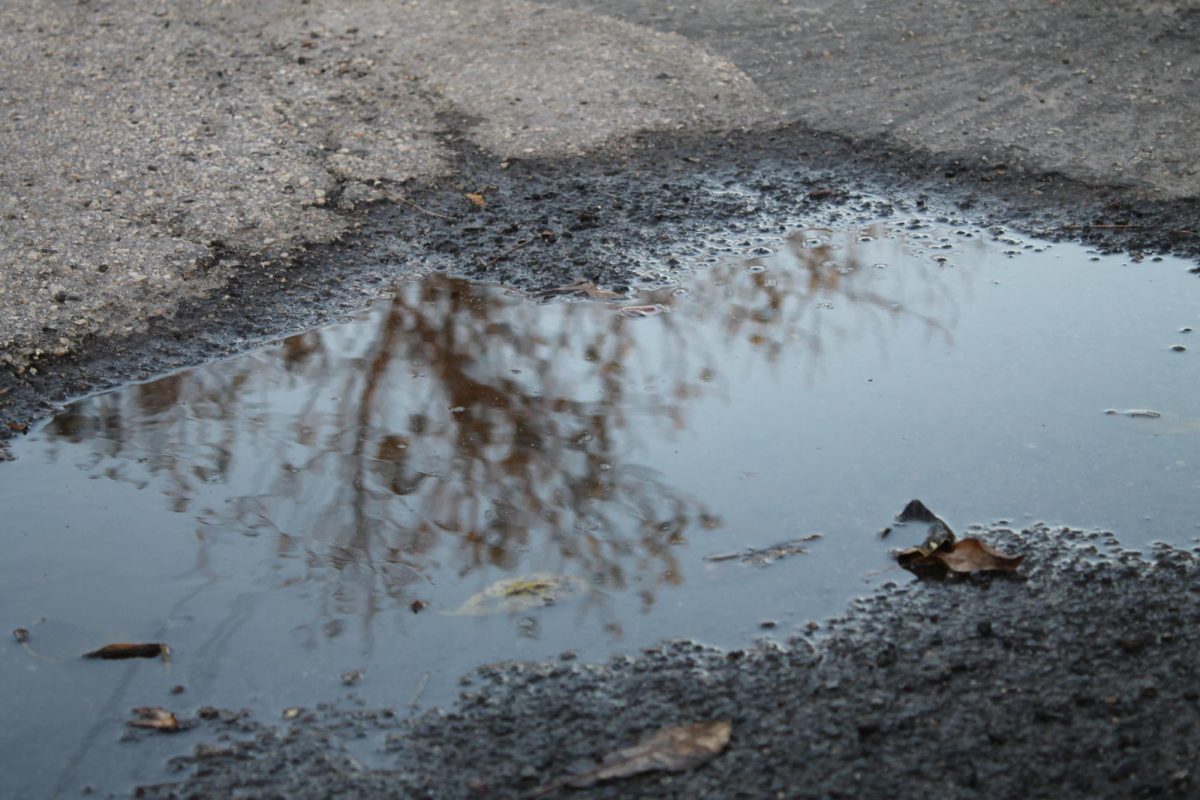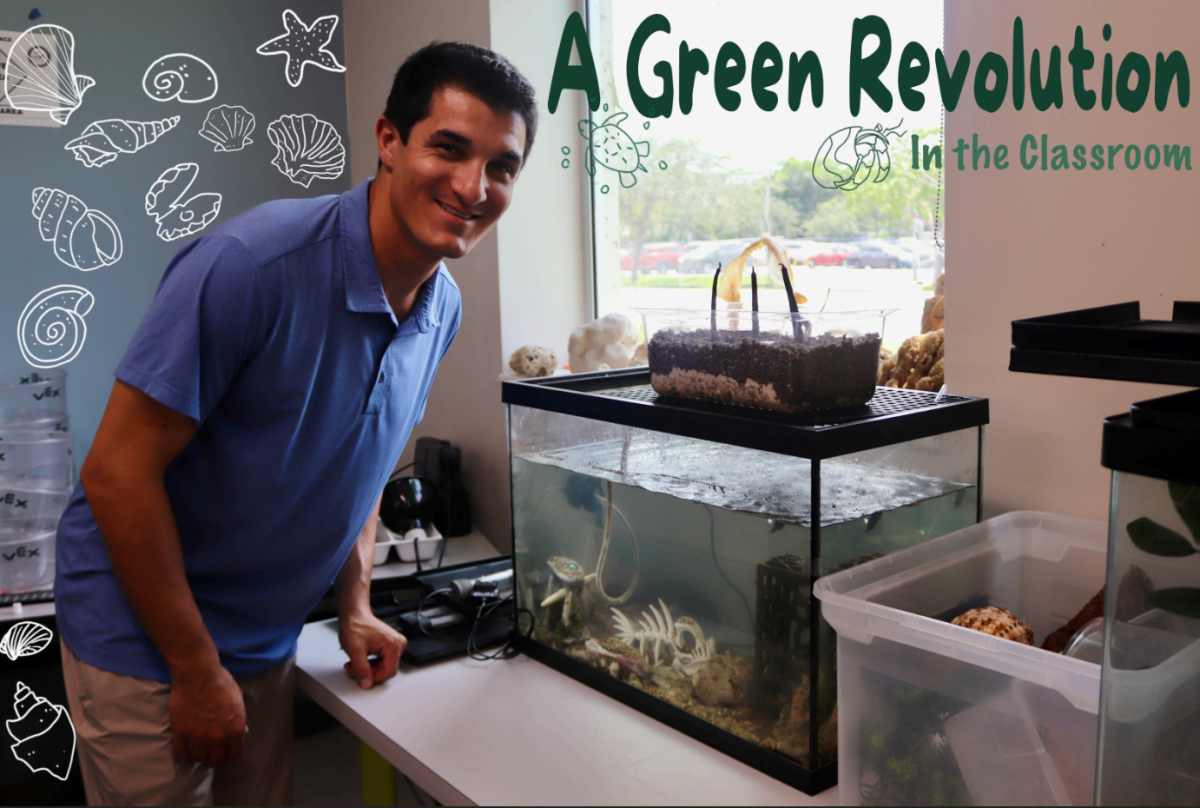A select number of schools around the U.S., typically located in the Northeast, get time off for snow days. Syracuse, NY has the highest annual snowfall, with 114.3 inches per year on average.
It is well known that Florida is typically called the “Sunshine State.” People from around the U.S. usually think that Florida is only a place of warm weather and sunny beach trips. I am also guilty of thinking that because, before I lived in Florida, I lived in New York, one of the snowiest states in the U.S.. However, when I moved to Florida I realized something else came alongside Florida’s tropical weather: rain. There is no doubt that Florida does get its sunny days, but when it rains, it pours.
Florida sees 53.7 inches of rainfall per year on average and ranks number five on the list of the rainiest states in the U.S.. Massachusetts gets about 44.3 inches of annual snowfall and has five snow days already in their school calendars. Nonetheless, it is also worth noting that they may experience additional snow days beyond this.
So, if Massachusetts gets less snow than Florida gets rain, why does Florida not get built in rain days?
Rain in Miami can become extremely dangerous, as it sometimes causes floods. People also get sick from colds or fevers due to being in the rain for a long period.
People are more prone to car accidents during rainy days because the high winds reduce visibility and make it difficult for drivers to control their vehicles. Snow can be dangerous, no doubt about that, but so is rain.
If it is minimal rain, Floridians are used to that. But if it is a heavy downpour, like Miami often gets, rain days should be installed. Students should be able to get their absences excused so that they can stay home and be safe.
The Miami-Dade County School District should also implement rain days on the calendar because Florida has experienced 120 hurricanes since 1851. Hurricane Andrew of 1992, a Category 5, battered the state and is responsible for new building codes. Hurricanes are frequent in Florida, and sometimes unpredicted. Weather reporters usually know that a hurricane is coming on a few days’ notice due to advanced tracking technology, but no one ever really knows the exact moment it hits.
Exposure to prolonged periods of rain can also negatively impact students’ mental state. A student could perform negatively on a test or an assignment if there is thunder and rain outside of a classroom. Rain could be distracting, and allowing rain days may help minimize disruptions to the normal school routine by providing designated makeup days for missed instructional time. Rain days offer students a break from attending school in unfavorable conditions, reducing stress and enhancing their overall school experience.
No one enjoys it when you have outside activities like field trips, sports games and other outdoor events, happening during a rainy month. It may just get canceled due to the predicted rain during that period, which causes disappointment and turmoil. Incorporating rain days into the school calendar allows for greater flexibility in scheduling. It enables schools to reschedule outdoor activities, field trips and sports events affected by rain, without disrupting the overall academic calendar.
Despite the significant impact of rain on daily life and safety concerns for students commuting to school, the concept of rain days has yet to be widely implemented in Florida’s academic calendar.
Not only can rain be a problem for students, but also teachers. Traffic on rainy days is very common. Rain causes about 50% of weather-related car accidents. They may be late to school, which affects the daily curriculum that they plan.
The introduction of rain days would ensure that students and teachers can thrive academically and personally despite the challenges posed by hazardous weather.











